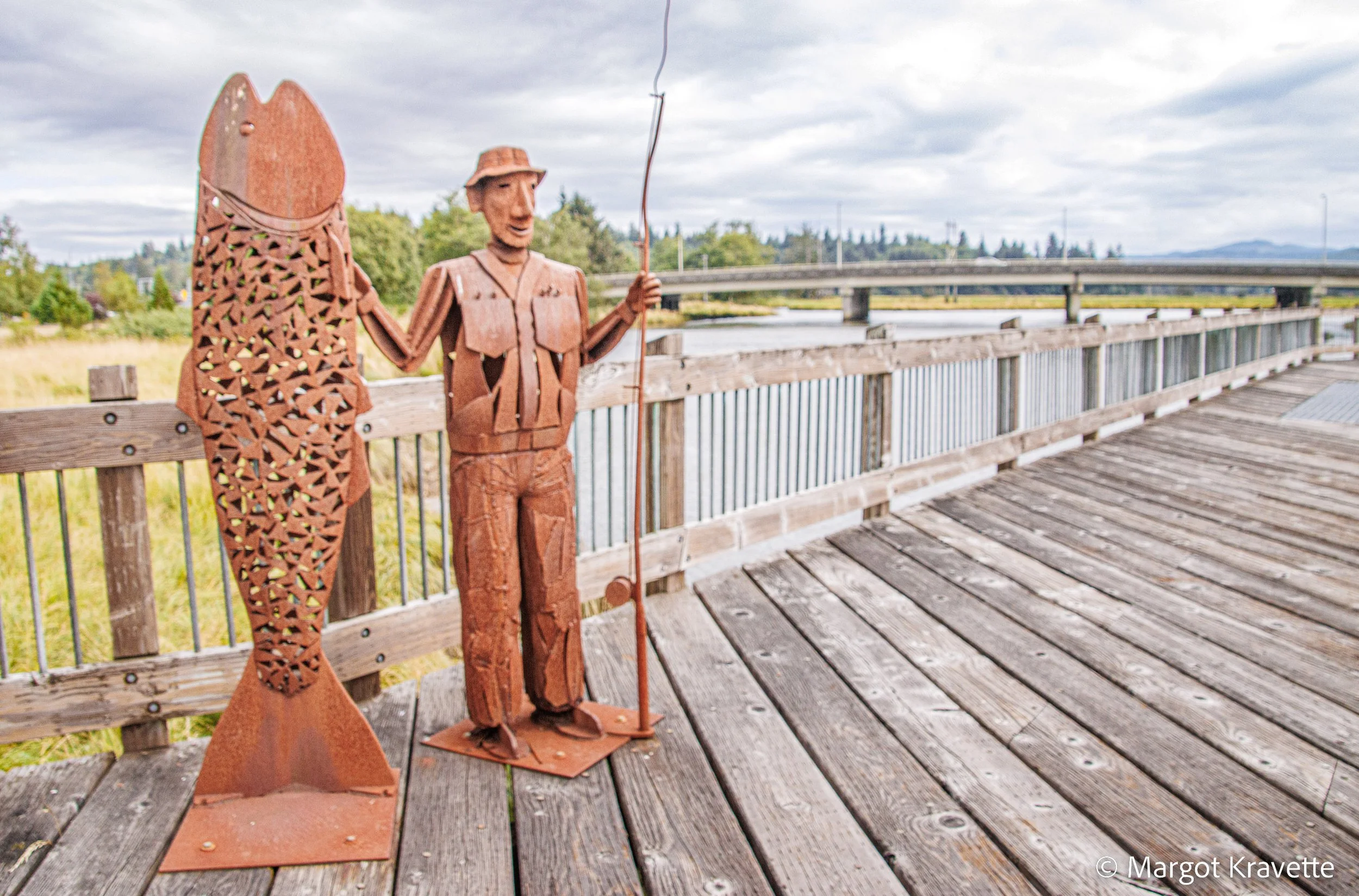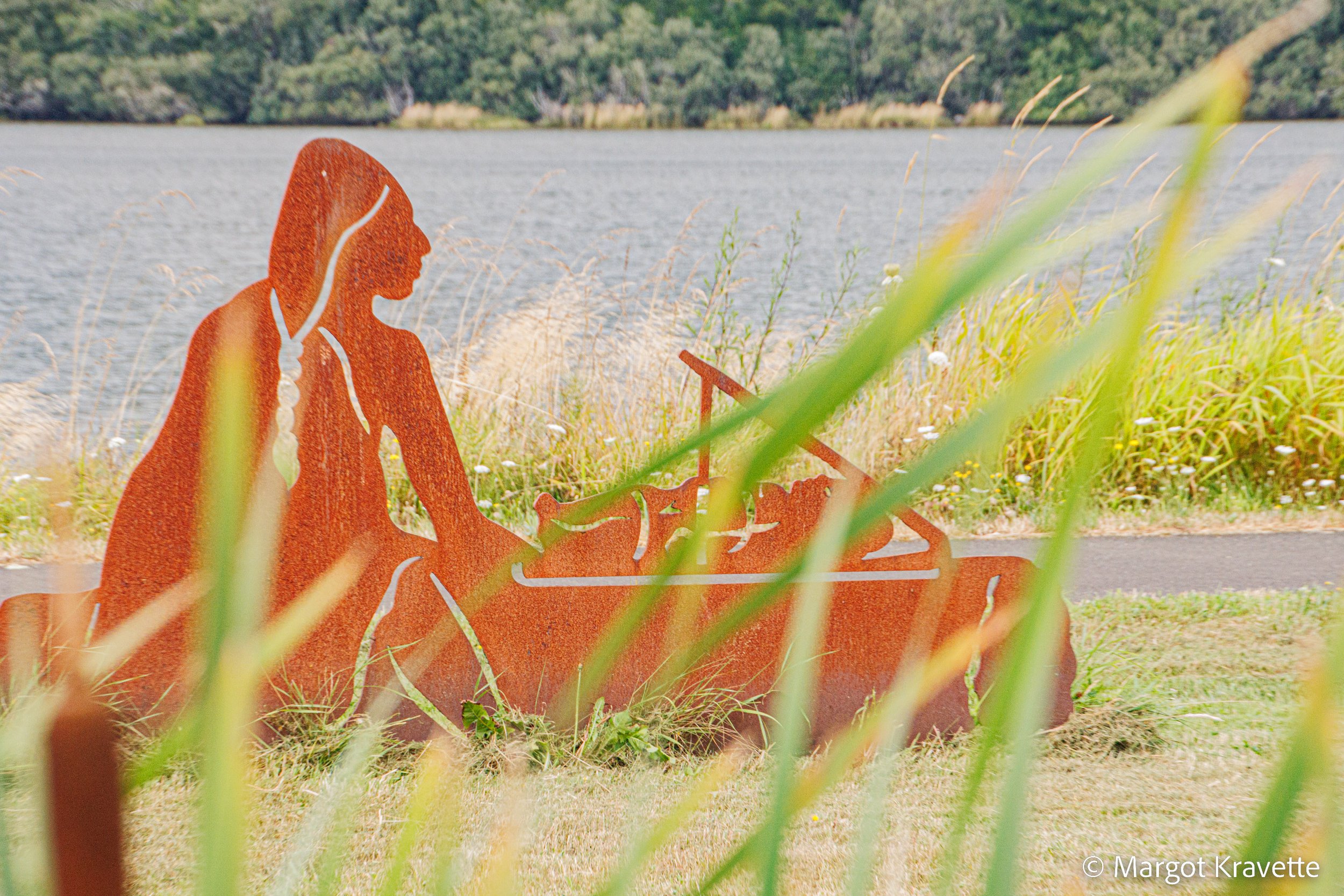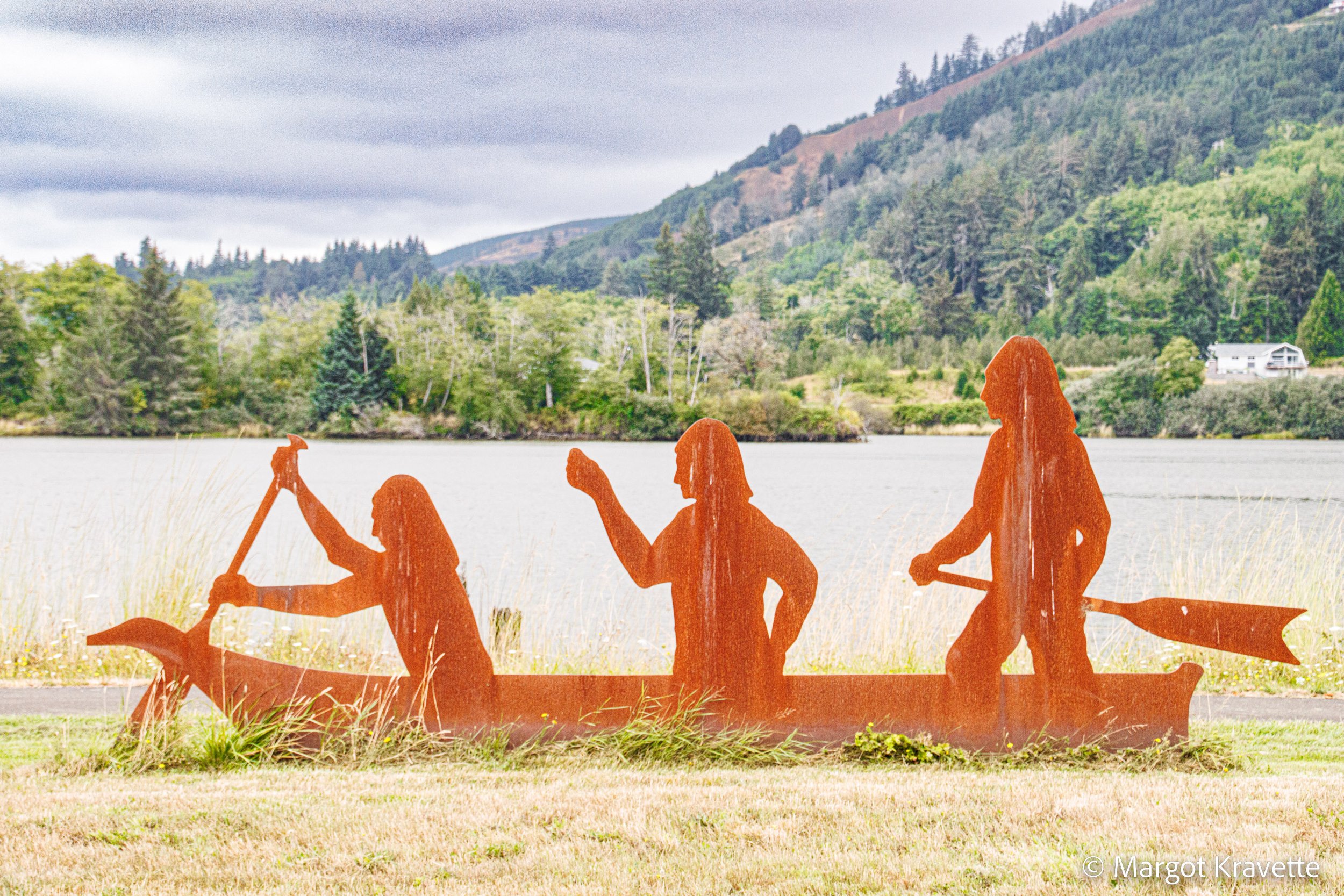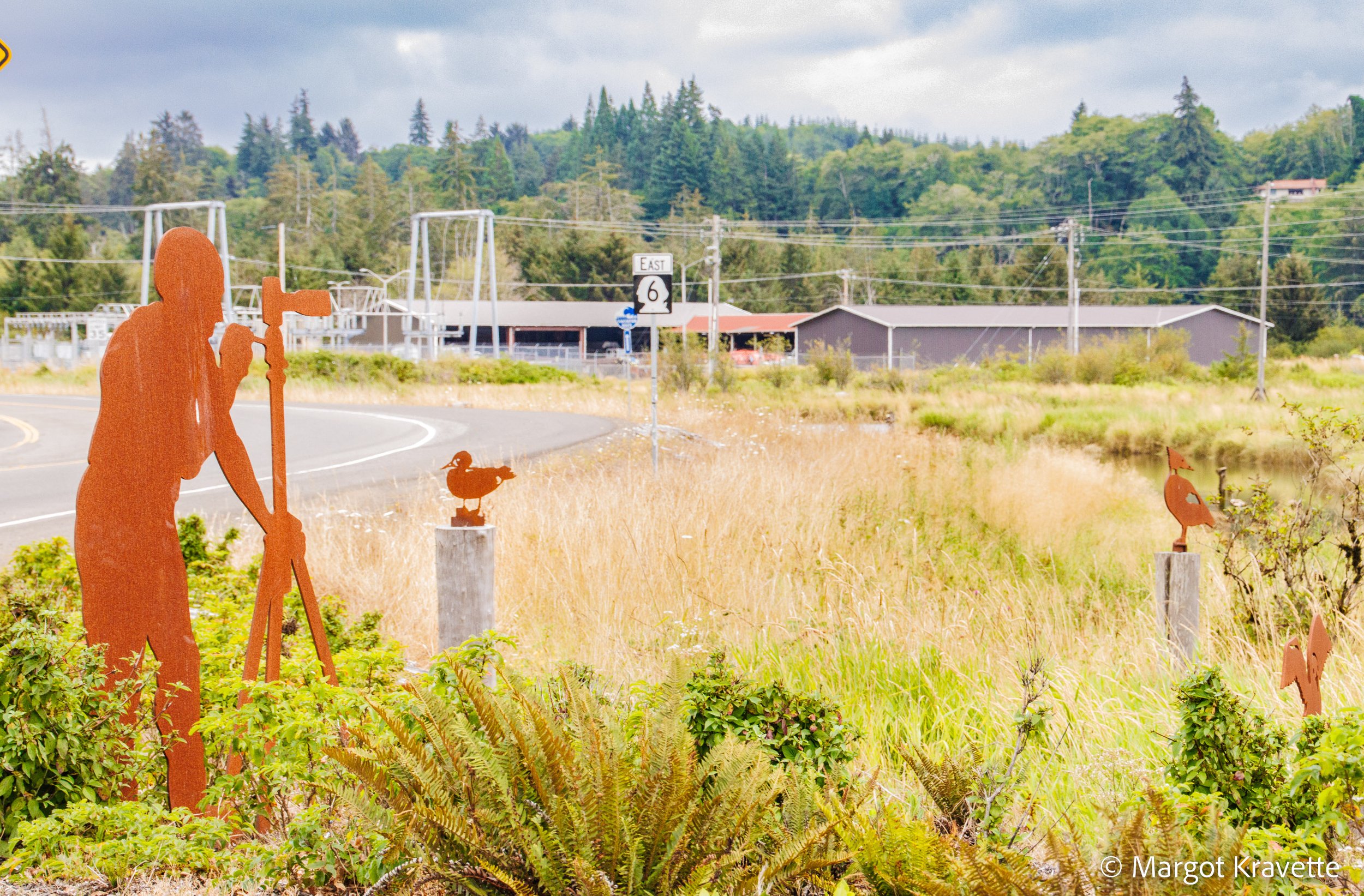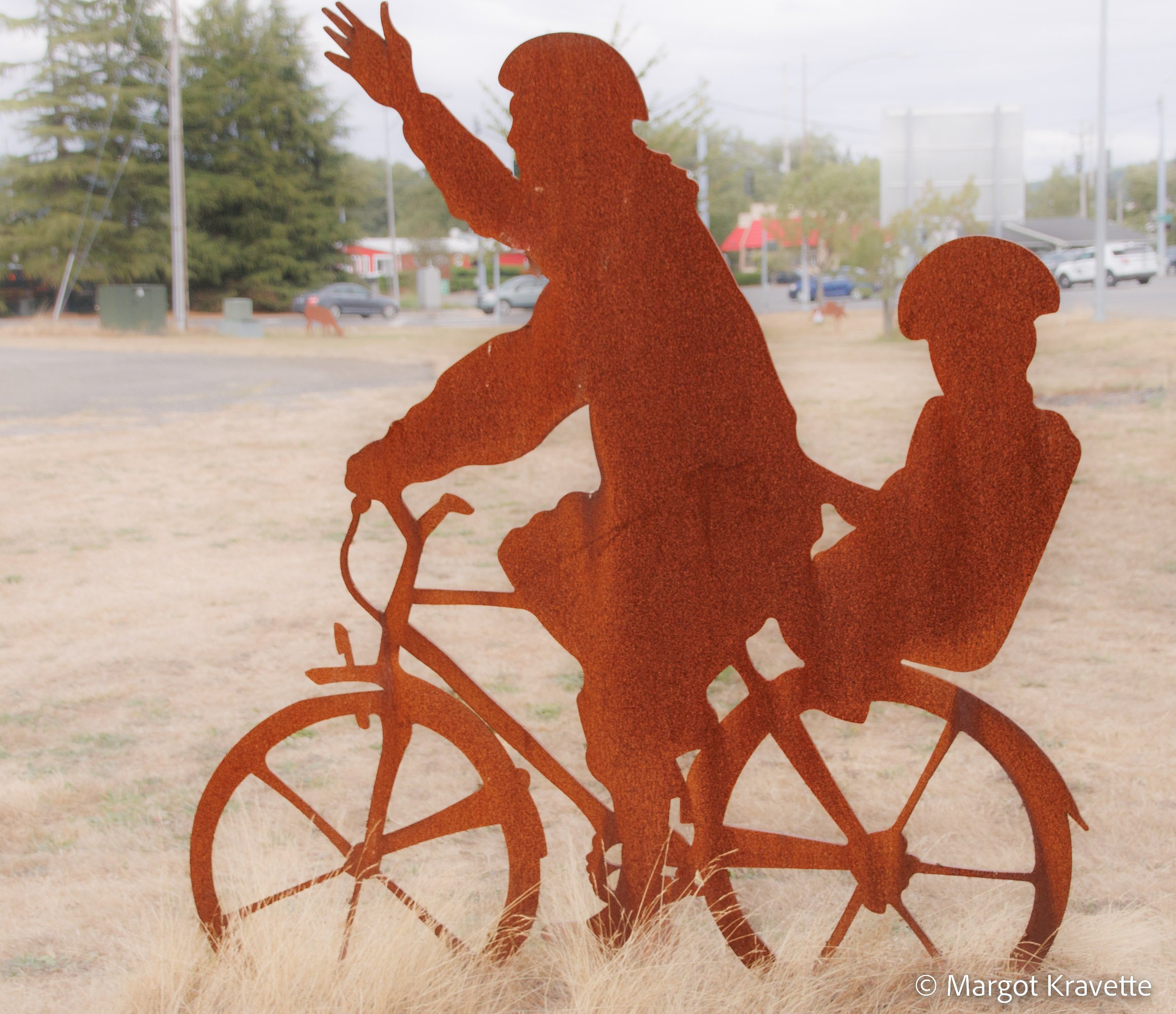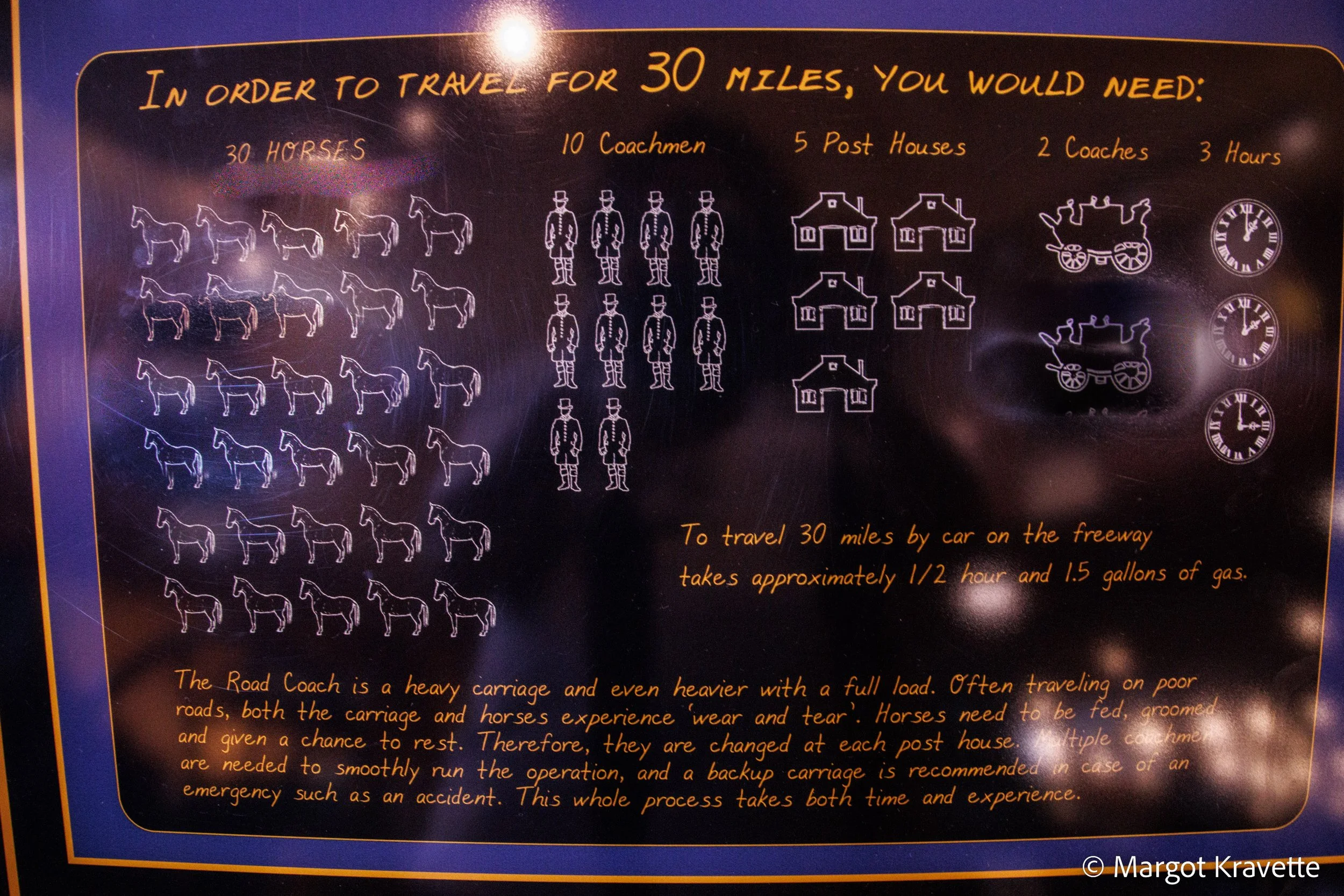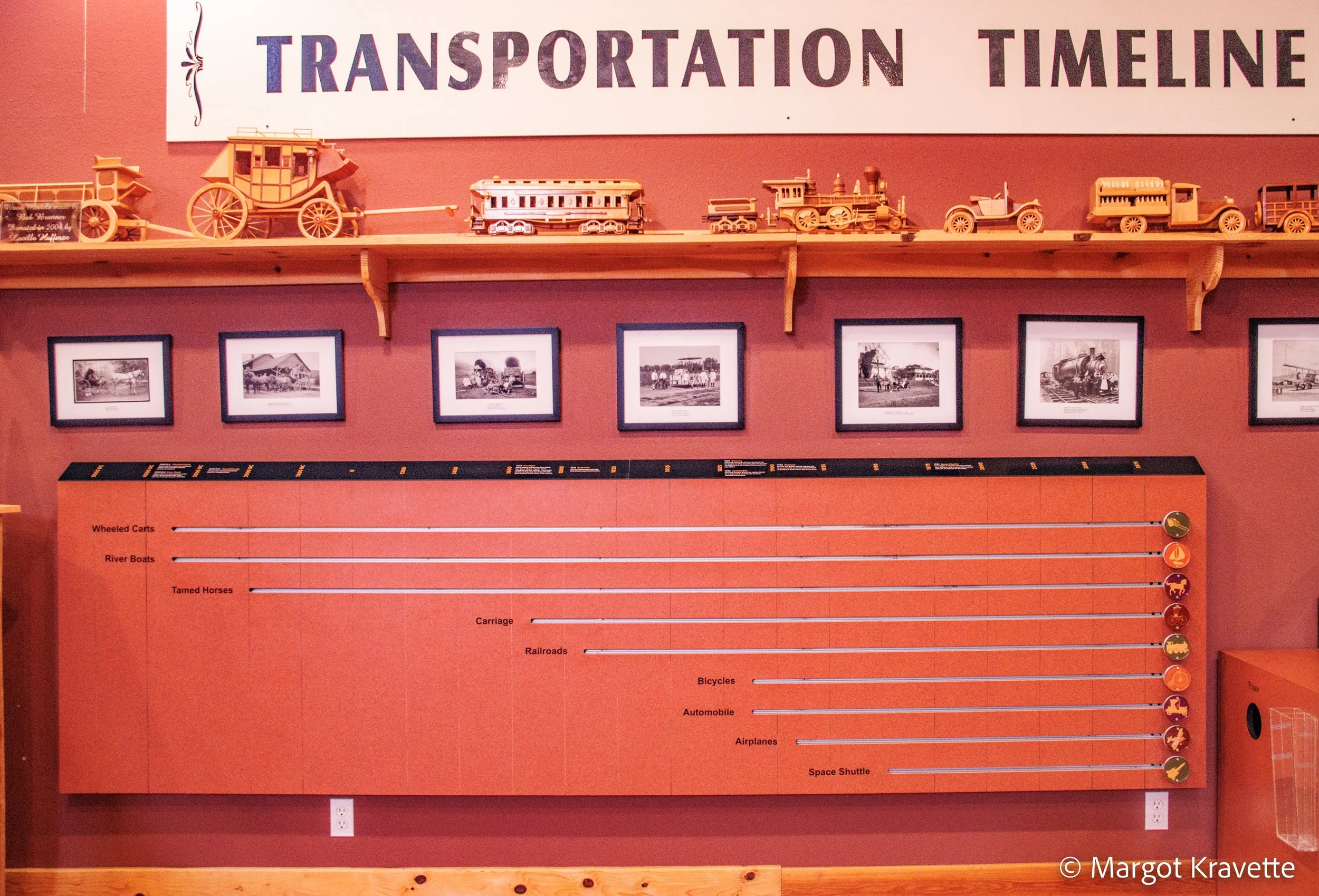Raymond
Raymond, Washington is easy to miss because it only takes minutes to drive through it on the way to or from the Long Beach Peninsula. By the time you blink, you’re in South Bend just downstream on the Willapa River and you’ve passed Raymond. And it’s just enough out of the way if you’re going to Westport or Ocean Shores. However, I’d suggest that you consider a trip to Raymond - a very cool town.
Raymond sits where the South Fork of the Willapa River joins the main river, surrounded by old growth trees of the Willapa Hills. Before the Europeans moved into the area, there were three tribes that were living there – the Willapa Chinook, the Lower Chehalis, and seasonally the Kwalhiloqua. Over time, more and more white men moved in and took over land occupied by the tribes. There was no treaty at that point, and ultimately in 1866, President Andrew Johnson created the Shoalwater Bay Tribes Reservation near Tokeland where many tribal members resided and is still used to this day. In the 1850s men came to the area to harvest oysters to send to San Francisco. Soon after, men started arriving to establish logging and sawmill operations. Even with the ups and downs of the economy this was the primary industry of that area. Its location, as with many communities on this side of Washington State, was natural to become a lumber and mill town.
Due to the sloughs and tidelands, Raymond was built on stilts with wooden sidewalks and streets. Fortunately, there were plenty of wooden handrails to keep walkers from falling in. High tide did cause problems like flooding and many wet feet. The town started to fill in the sloughs around 1912 so they could have actual streets. Named after the first Postmaster, L.V. Raymond, the town of Raymond was incorporated in 1907. The logging and shellfish industries are still active as well as the more recent addition of cannabis manufacturing. Presently Raymond has about 3000 residents.
As one drives north on route 101, following the Willapa River and just passing South Bend, you steel sculptures begin to come into view. The first ones I saw on the grassy areas along the River were about the Native American people. and animals. As you get closer to town the collection there is known as “The Town of Metal People”. You can guess - those sculptures are cool people like a photographer taking pictures of ducks and a person on a bicycle.
In 1992 a local committee was formed for the purpose of revitalizing the community. The town received a grant of $350,000 to upgrade the corridor along route 101 in Raymond and the project known as the Raymond Wildlife-Heritage Sculpture Corridor was founded. Over 200 sculptures are scattered throughout the downtown area and on major intersections and roads. All of the artists who designed the sculptures are local, from Pacific County. I found myself chasing the different sculptures because they’re so interesting and fun, and I didn’t want to miss any.
I had heard about the Northwest Carriage Museum in Raymond and was curious. What could a museum of that subject be in a small town. Carolyn and I were amazed and spent a good part of the afternoon there until closing. Raymond residents, Gary and Cec Dennis, who had a passion for collecting and restoring carriages, donated their 21 carriages dating back as early as 1880. The museum has expanded to 62 carriages on display as of today. The range of horse-drawn carriages, buggies, wagons and sleighs, all of which look brand-new, is mind-blowing.
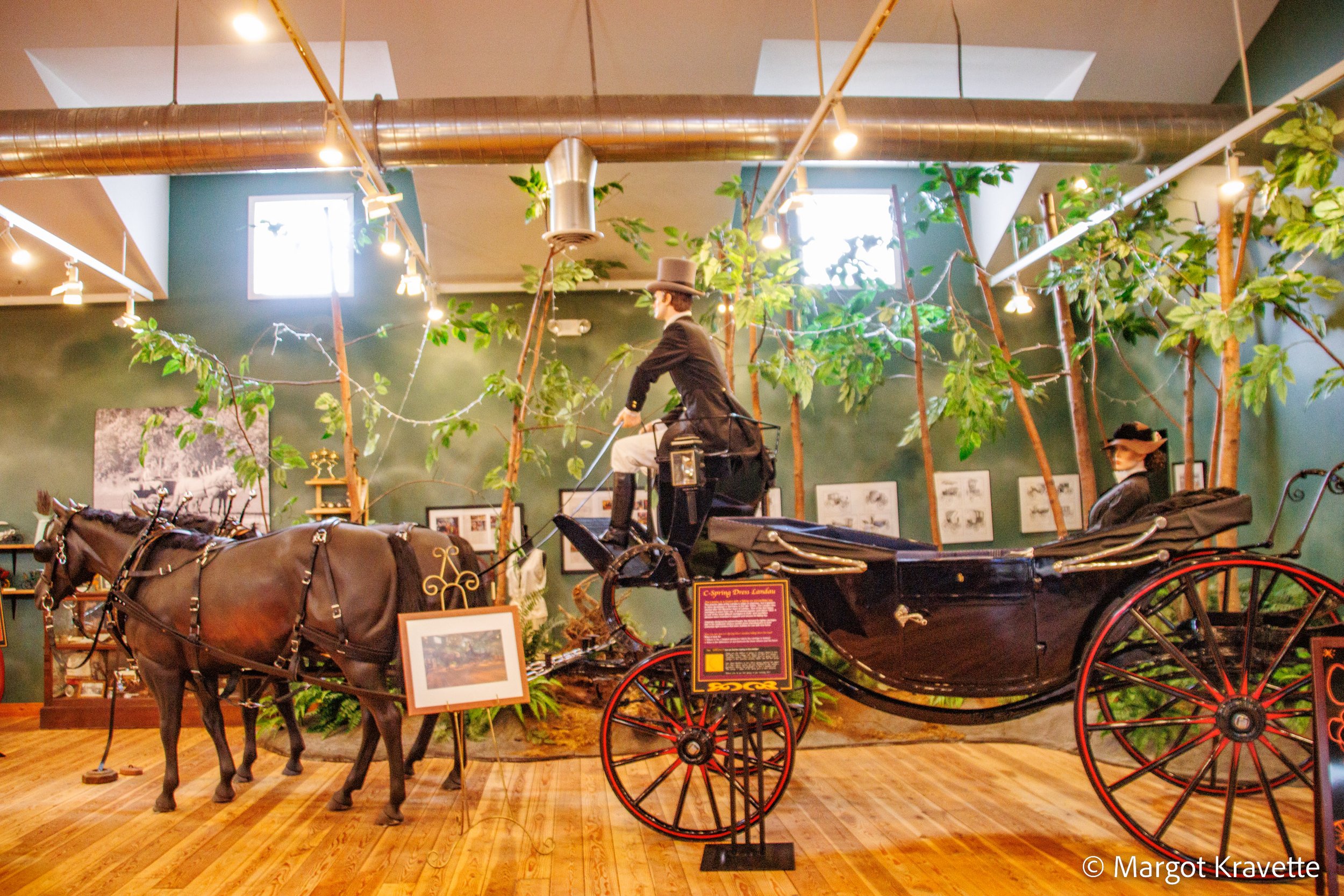
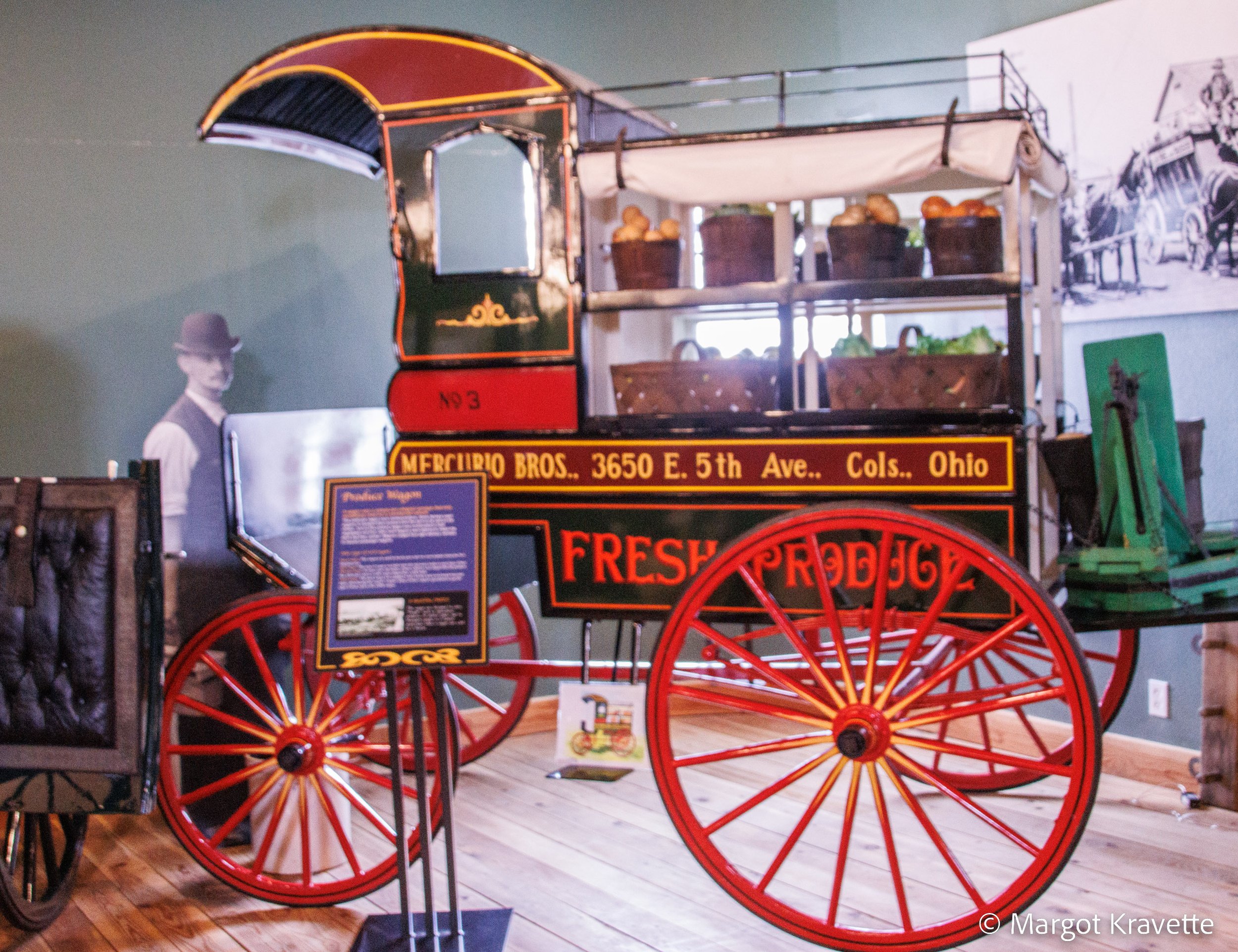
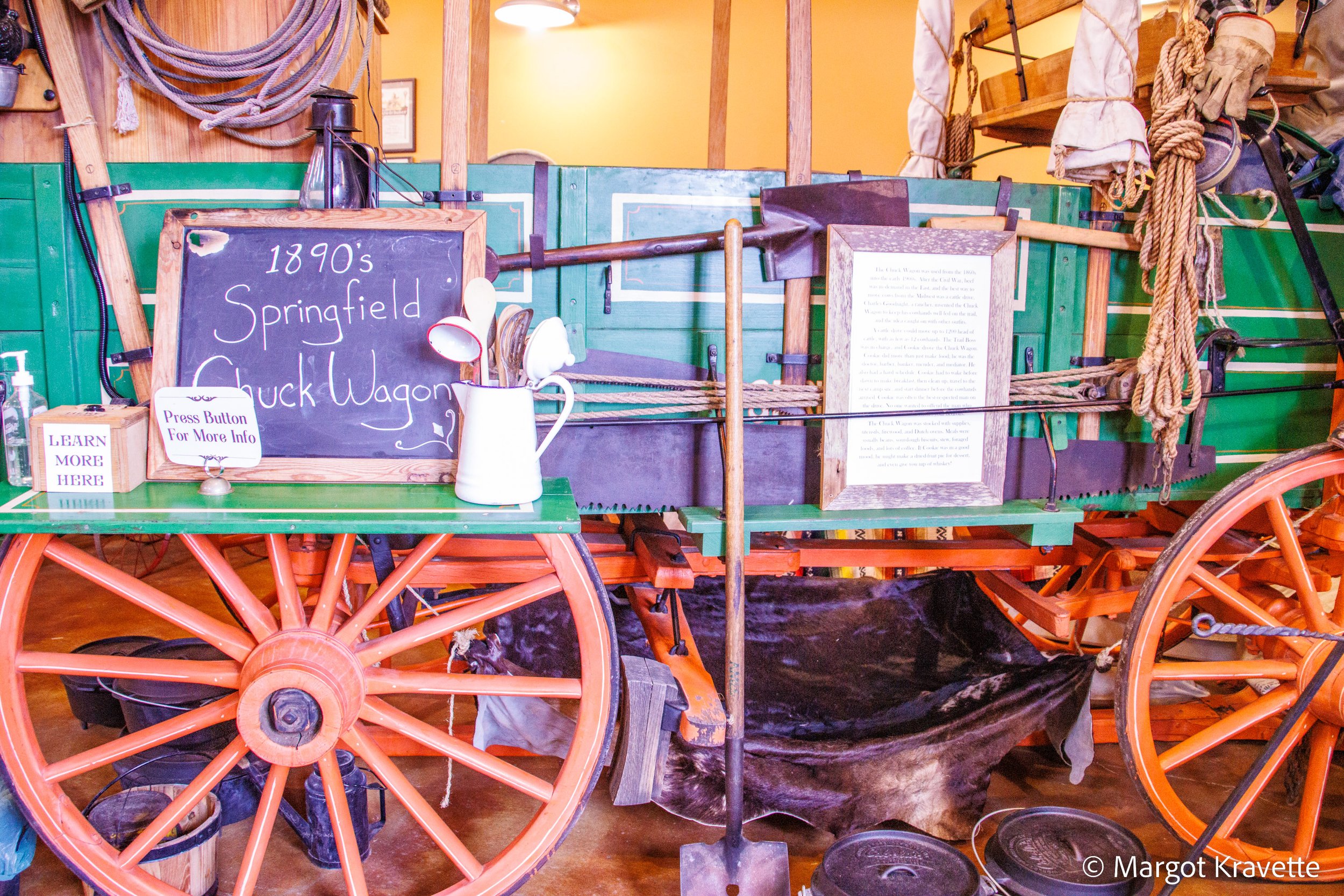
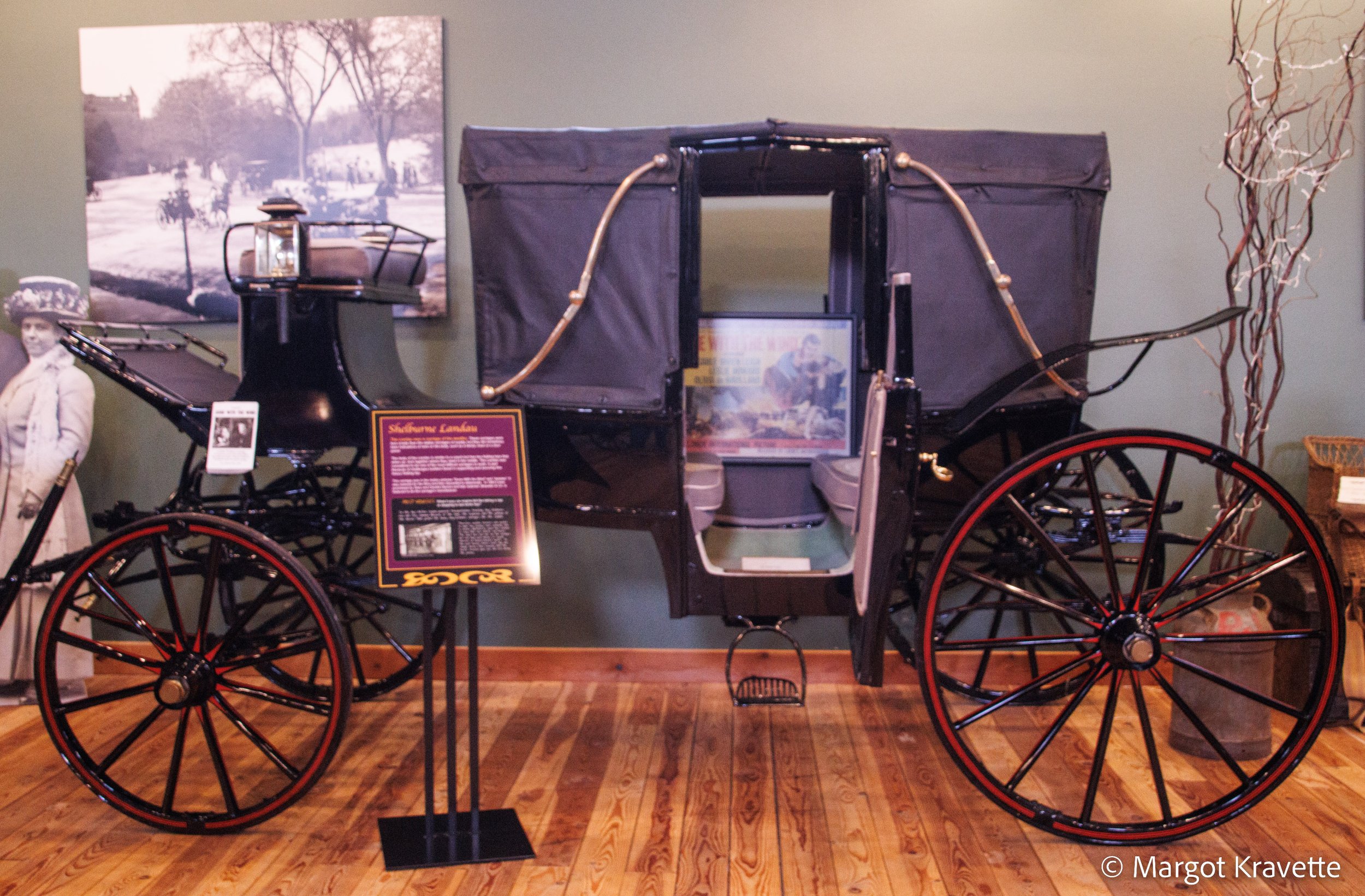
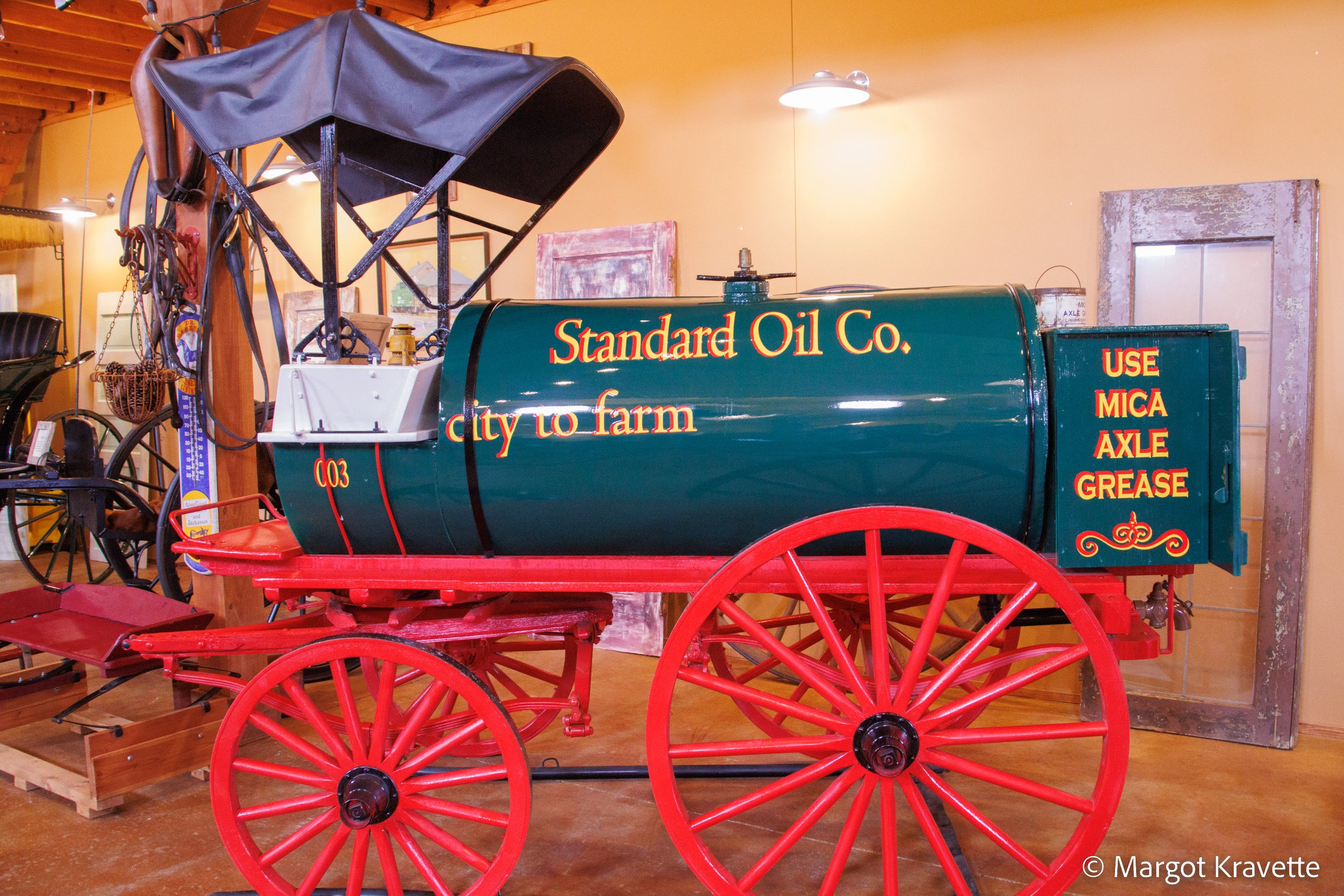
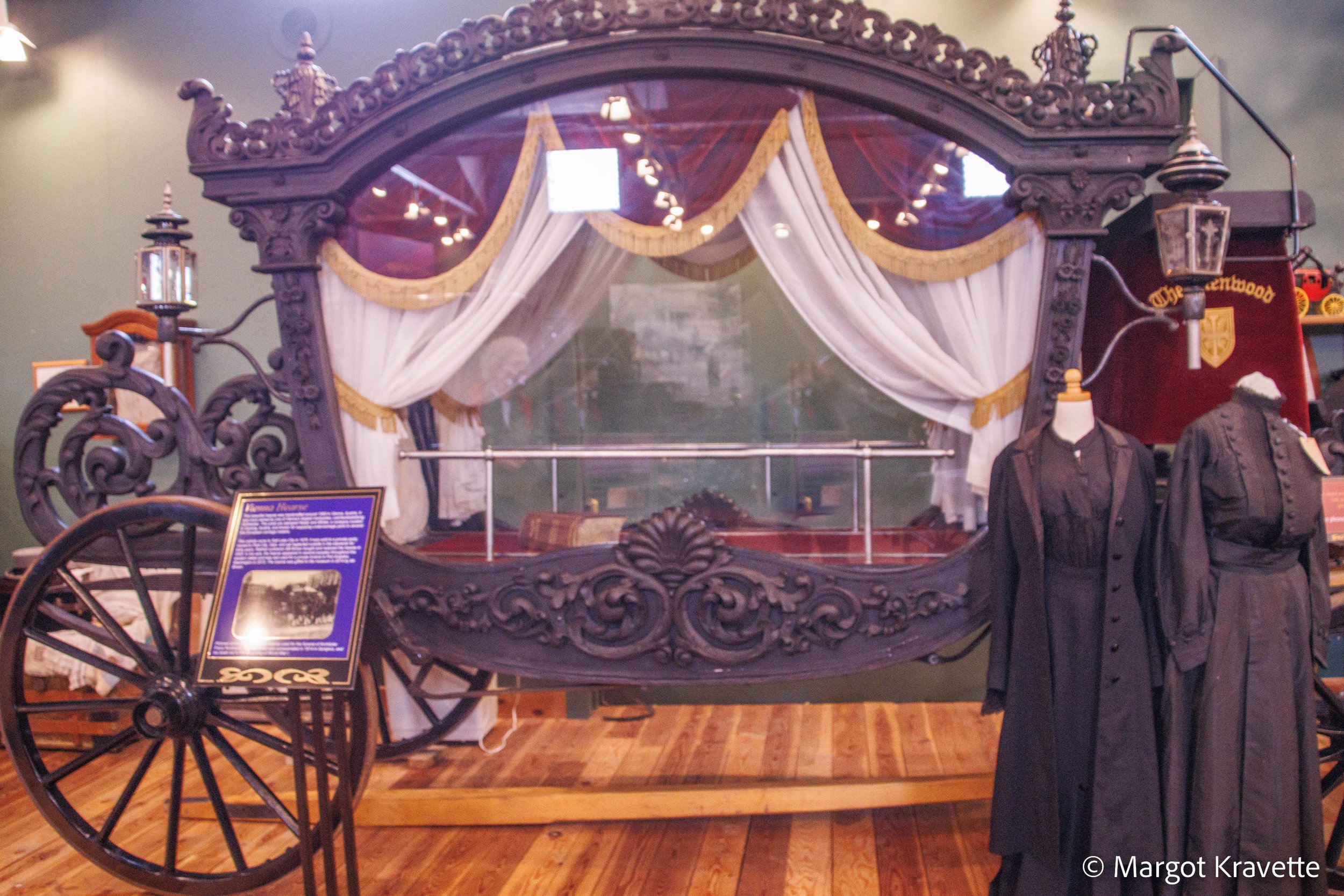
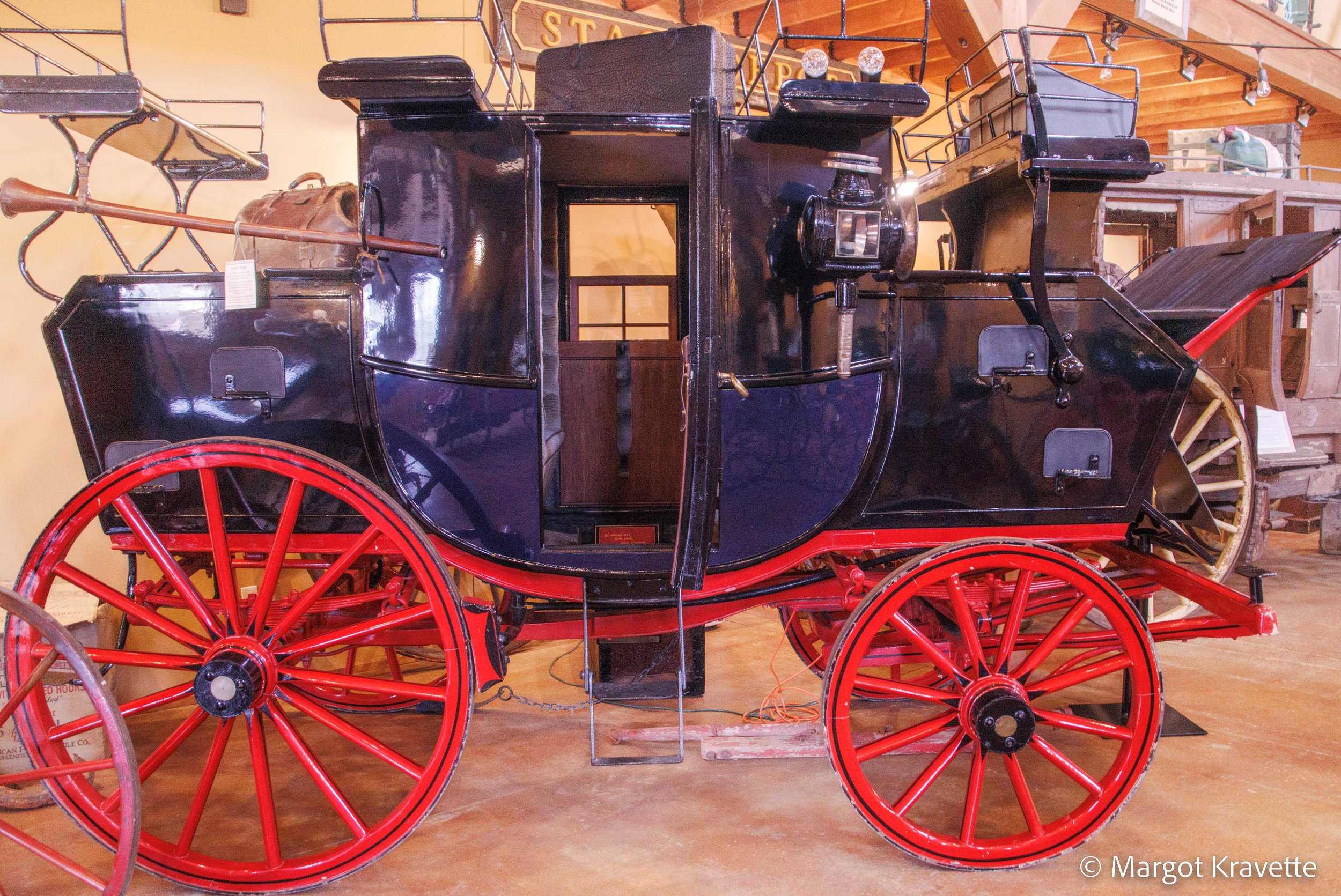
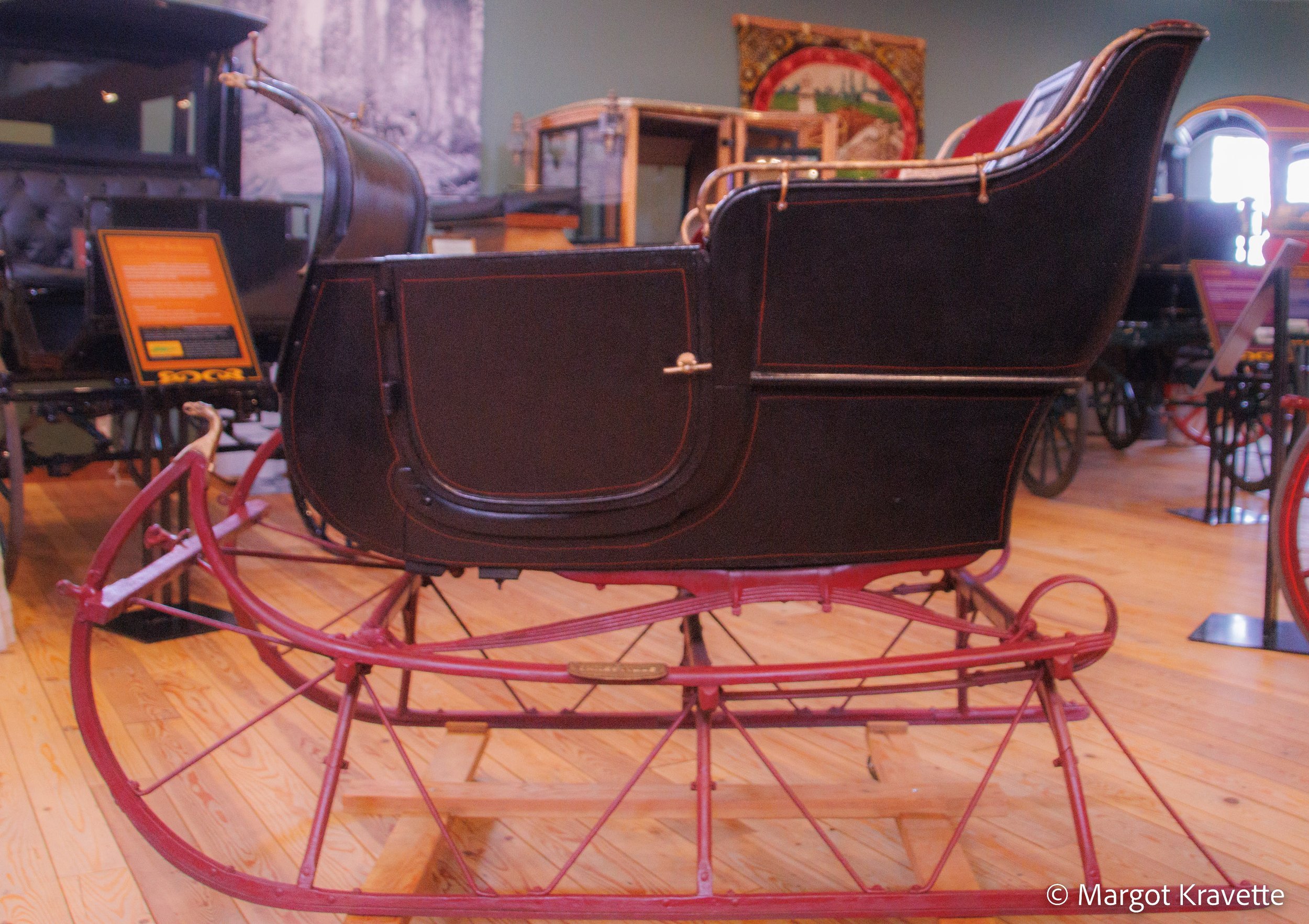
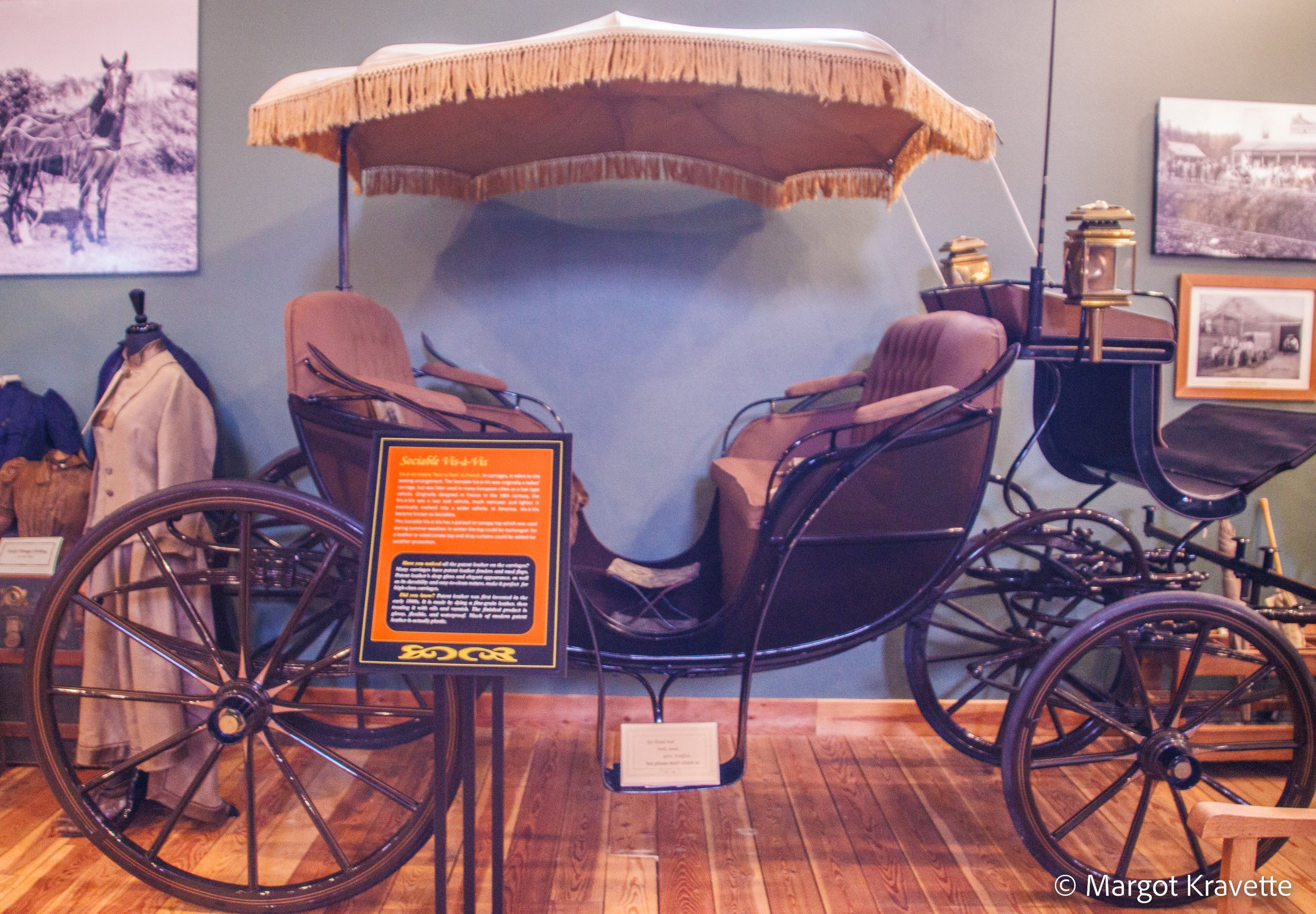
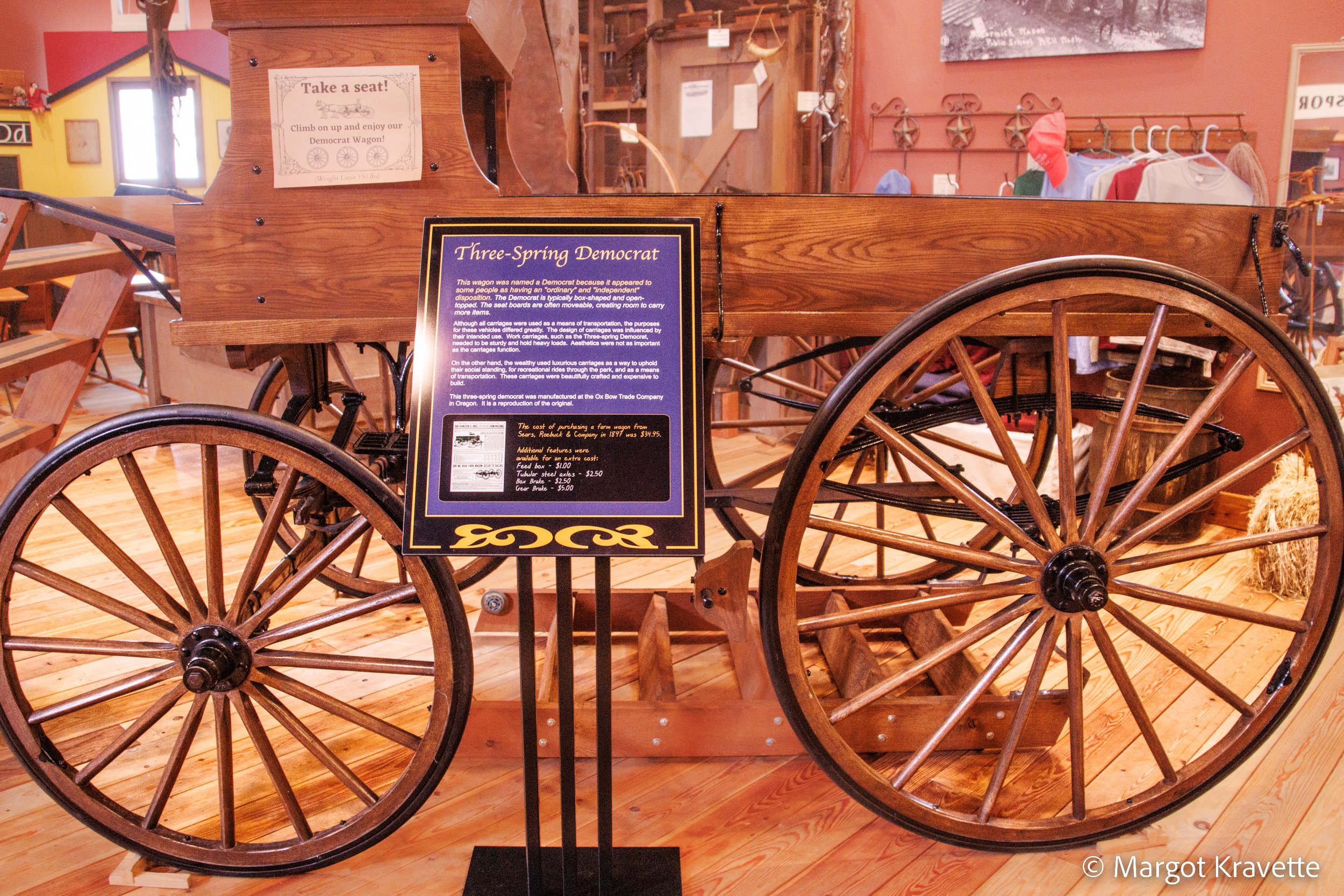
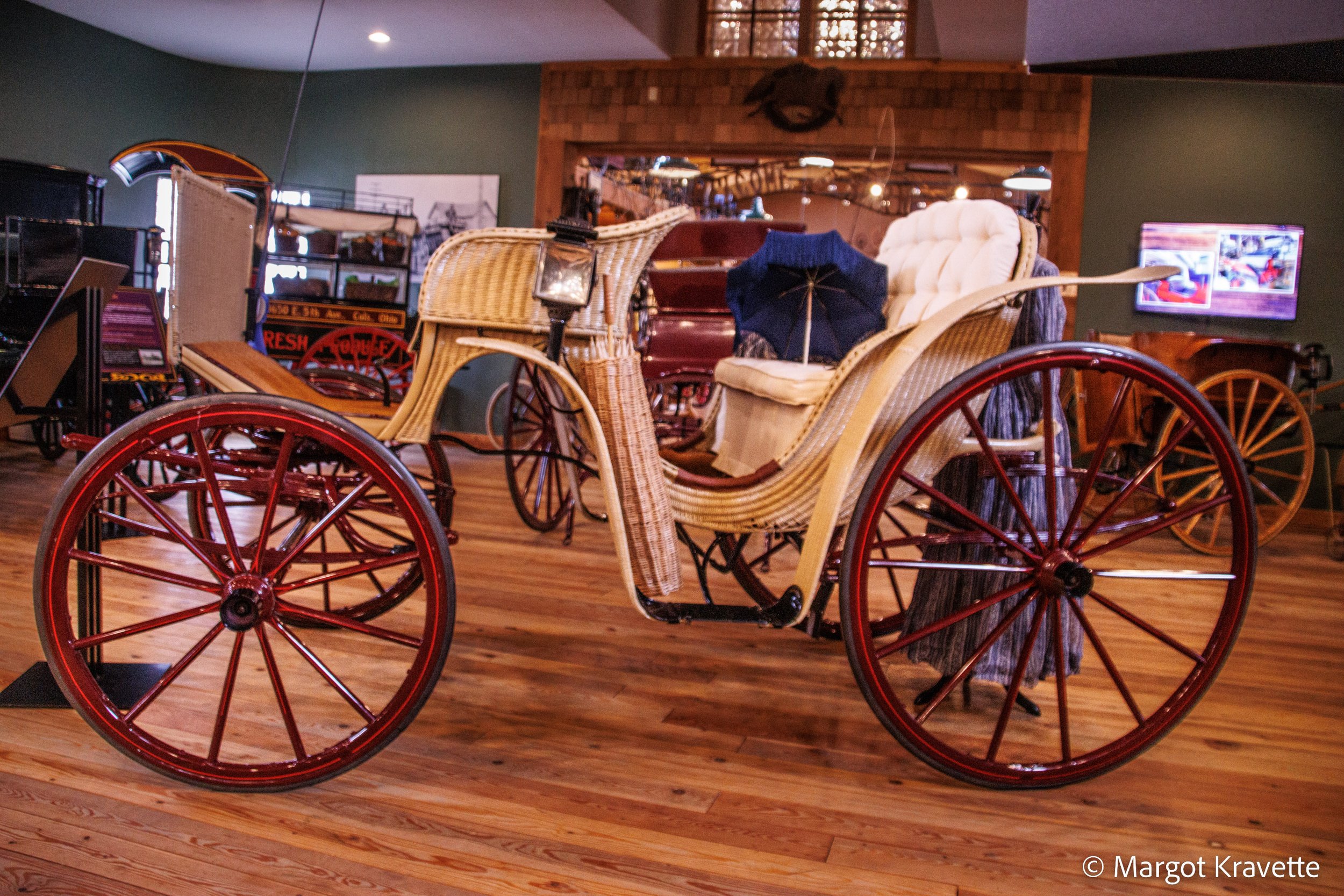
In the way the museum is designed, things like period costumes and the blacksmith shop help make everything feel so real. The signage throughout provides great historical information so I felt like I was in the middle of a huge history lesson the whole time. I also learned the history of certain words. For example I learned that a glovebox a box near front seat for ladies to put their gloves. Another, Riding Shotgun meant the person sitting next to the driver who had a gun that would be used to protect the stagecoach throughout its journey.
Another one shows how many resources and time it used to take for the horse-drawn road coach to go 30 miles. The carriages travel on poor roads and are carrying cargo in addition to people. For that distance, horses have to must be fed, groomed and rested, so they, as well as the carriage drivers, are changed out at every post house. Here’s the breakdown to go 30 miles in a road coach. 30 horses, 10 coachmen, 5 post houses, 2 coaches (1 in case of an emergency), and 3 hours. Consider that the next time you drive 30 minutes to go that distance. There are also displays that are not only educational, but fascinating. One I really liked is a display of the history of transportation which shows the approximate year every type of transportation started – from wheeled carts (3500 B.C.) to the space shuttle (1981) and all in between.
Raymond is a town that’s very community focused. As we walked around one thing I noticed were banners on most of the light posts in the core business area. The theme of the banners was recognizing the graduates of the Raymond Jr and Sr High School, and each banner had a picture and name of a graduating student. I’ve never seen that before and it left me impressed with the pride shown for this group of kids. (Identity hidden)


